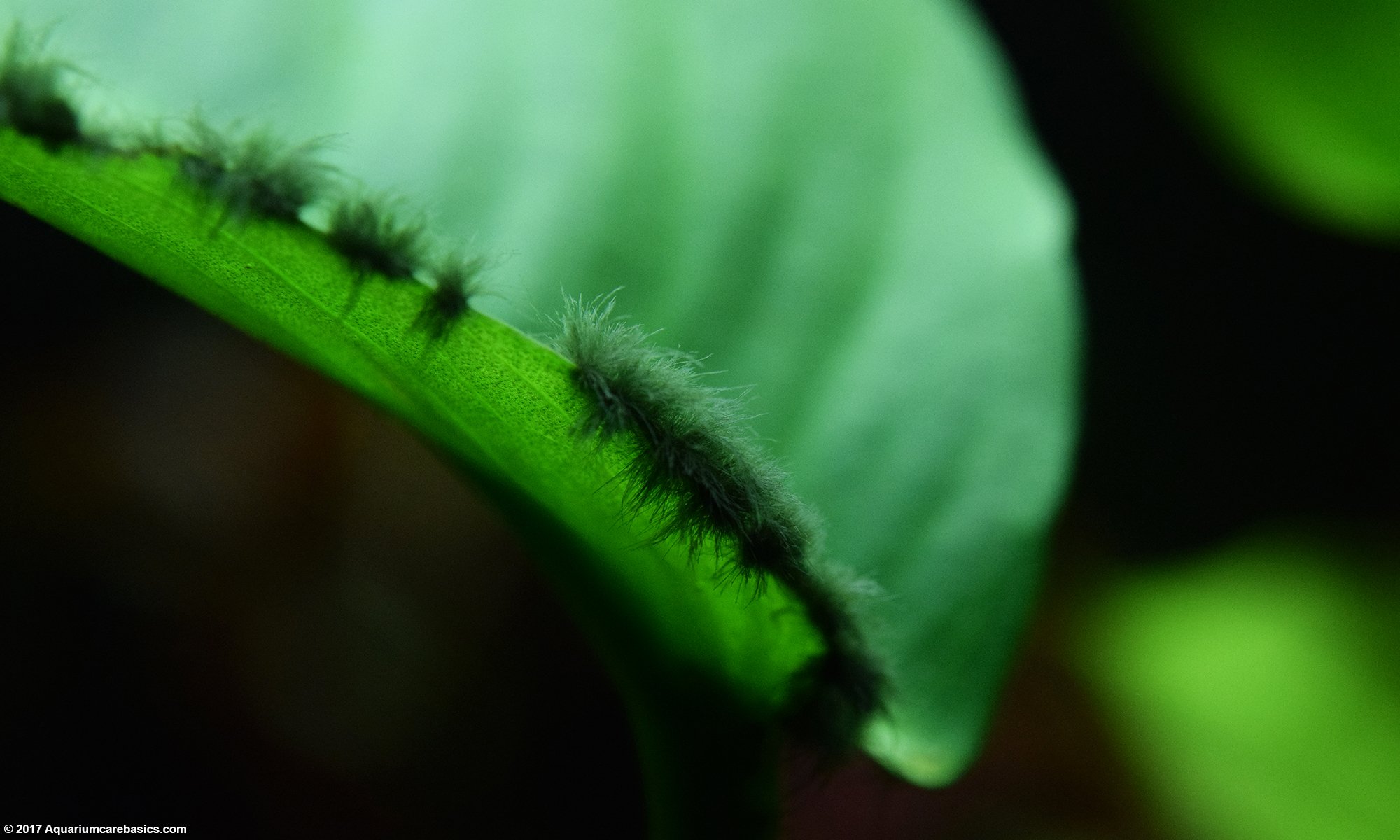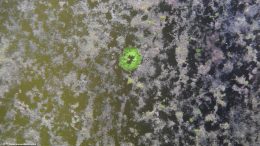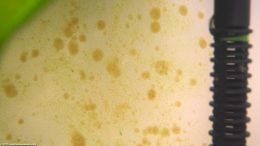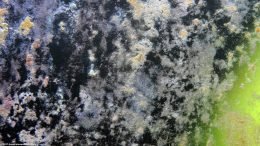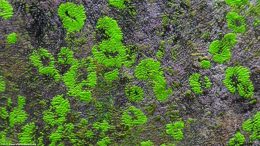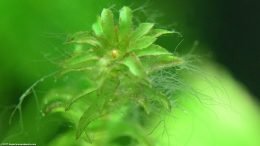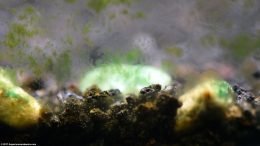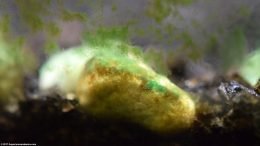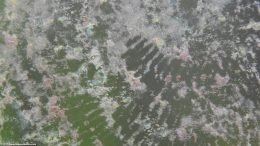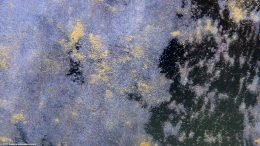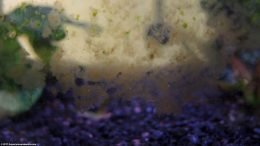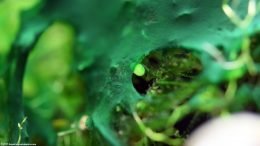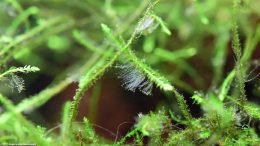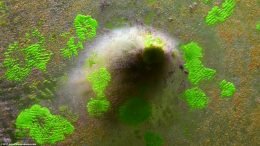A common issue for hobbyists is aquarium algae growth. While aquarium algae can be alarming, its also a naturally occurring phenomenon in freshwater tanks. Some aquarium algae growth is beneficial as its a naturally occurring food source for certain freshwater snails and shrimp. A little bit of slow growing algae is not something to worry about. Aquarium algae becomes a problem when it grows quickly and spreads throughout the tank. The key with aquarium algae is to keep growth in check by proper tank care and maintenance.
When aquarium algae begins to take over a tank, inexperienced hobbyists often think in terms of “eliminating the algae problem”. While excessive aquarium algae is a problem by itself, its also very likely a symptom of deeper, underlying issues that need to be addressed. The key for hobbyists is to figure out exactly what those issues are. In general, rapid aquarium algae growth often means high levels of organic waste, water quality issues or excessive lighting, in any combination. Therefore, its important to practice proper tank maintenance to keep problems to a minimum.
Various Species Eating Algae
Aquarium Algae Picture Gallery
Aquarium Algae & Tank Maintenance
One of the best ways to control aquarium algae is to practice proper tank maintenance from the very beginning:
Test Water Early And Often: Its a good idea to test tap water before initial setups and before partial water changes. Testing tap water allows hobbyists get a sense of what shape the water is in before pouring it into a tank.
It’s also important to test tank water regularly. Many hobbyists test water on a weekly basis, as well as before and after partial water changes. Its a good idea to keep a written record of the test results to keep tabs on how things are progressing over the long term.
Aquarium water test kits are relatively inexpensive and available in pet stores and online. Hobbyists commonly test for pH, Ammonia, Nitrite and Nitrate levels. Hobbyists may also test for Phosphate, as phosphate levels are related to aquarium algae growth.
Monitor Lighting: Another important issue related to aquarium algae growth is excessive lighting. Aquarium lighting should be thought of in a couple different ways. Some factors include: how many hours the are on during the day, how intense the lighting is, where the color temperature falls on the spectrum, and the age of the bulbs themselves. Thinking through lighting issues is an important step in controlling aquarium algae growth.
Maintain Water Quality
Let The Tank Cycle And Establish Itself: One of the most important approaches to fish keeping is to proceed slowly, patiently and methodically. This is especially important with aquarium water. Being patient and allowing enough time for aquarium water to cycle properly is a critical step in keeping a healthy tank. And a healthy tank will more often than not be free from excessive algae buildup. Rushing through the aquarium cycle paves the way for bigger problems down the road.
Do Not Over Stock: Overstocking a fish tank is another factor related to aquarium algae growth. Keeping too many fish in a tank lacking capacity to handle the bio-load can cause significant water quality issues in the short and long term. As excessive organic waste levels build up, the chances of excessive algae growth increases as well. So its important to help keep organic waste levels appropriate for the size and capacity of the tank.
Do Not Over Feed: Overfeeding can also cause increases in levels of organic matter. Uneaten food accumulates on the tank bottom. The food dissolves into smaller pieces and it settles deeper in the gravel or substrate. As this uneaten food breaks down, the waste taxes the bio-load capacity of the tank. If the levels of organic waste become too high, water quality suffers and excessive algae growth becomes more likely.
Do Regular Partial Water Changes: Performing partial aquarium water changes on a regular basis is an important way to remove excessive organic materials from a tank. Water changes remove Nitrate from the tank as well. Keeping to a partial water change schedule helps keep quality up over the long run, and good habits like this can keep algae growth within acceptable limits.
Species Can Help
Keep Algae Eating Shrimp Or Snails: One of the most fun ways to keep aquarium algae growth from getting out of hand is to keep species that eat aquarium algae as part of their diet. Be aware that not all algae eating species do the same job. Different species eat different types of algae, and some species avoid certain types of algae all together. Although algae eaters may help somewhat, they will not eat away all algae issues in a tank. So they should not be considered a substitute for best practices and good aquarium care.
Amano Shrimp are considered one of the best algae eating shrimp available and Red Cherry Shrimp are decent algae eaters as well. Otocinclus Catfish can also do a good job eating some forms of algae. Freshwater snails like Nerite Snails, Mystery Snails, Gold Inca Snails, Ivory Snails and Red Ramshorn Snails can also do a good job.

